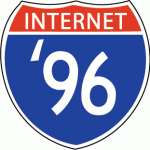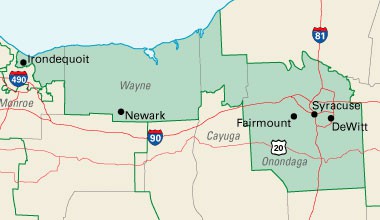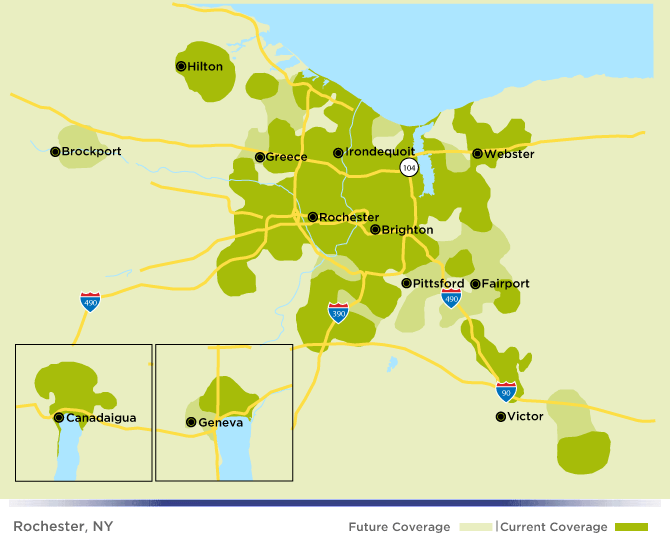There is a disparity in Internet usage between the young and the old.
If one were to poll customers about whether or not they wanted limits and tiers on their broadband service, two things are apparent:
- Consumers overwhelmingly oppose usage caps and tiered accounts.
- Those that do approve of caps and tiers are overwhelmingly older users of the Internet, particularly 45+ of age.
Broadband providers recognize these facts, yet continue to attempt to place limits on broadband usage. Many providers’ have marketing and public relations strategies that target older customers with an “us vs. them” approach. Why should you, as a casual Internet user, “subsidize” those younger heavy users who are fully leveraging the Internet to its fullest potential? Company officials will often toss around broadband services older users have never heard of, much less used. “Bit Torrents,” “heavy movie downloads from newsgroups,” “Hulu,” just to name a few, confound a lot of casual net users who have barely mastered their e-mail account, much less considered making video calls using Skype.
The generation gap lives online too. But there is a lot more to this story than they tell you.
Some companies claim the majority of their customers consume a tiny amount of bandwidth when compared against other customers. Traditionally, the older a customer, the less bandwidth they consume. And therein lies a problem for them. As the demographics for the net continue to shift towards younger, heavier consumers of Internet applications, the writing is on the whiteboard. No longer can a broadband provider expect to pocket the enormous profits they earn from a monthly service that some users barely even use.
There should be nothing wrong with a casual user paying less for their Internet service. The question is, should they receive less expensive service at the “price” of severely curtailing other users who naturally consume more? That seems to be the marketing plan. They get to overcharge you for a casual user plan and also overcharge and limit heavier users from consuming too much on their networks. They win. Everyone else loses.
The truth is, most broadband providers already provide discounted plans for light users, usually at slower speeds, but at significantly lower pricing. For a casual user reading e-mail and browsing web pages, the Internet speed war is irrelevant. Anything more than three or four times faster than dial-up access will provide comfortable browsing without sitting around waiting for pages to load. With a “light” user plan, you can still listen to Internet radio, move pictures of the kids back and forth, do all the web browsing you could imagine, and your e-mail will still arrive super fast. Since you don’t care about big downloads or watching TV online, why pay for the extra speed you’ll never use? You don’t have to. More importantly, you don’t have to right now! Despite the fact many of these “lite” plans are the best kept secret in town, your provider probably already offers them, and you don’t have to wait for some new tier plan to sign up!
I called several providers this afternoon and inquired about Internet broadband service. Every last one of them quickly tried to sell me a bundle of services combining cable television, telephone, and Internet service for a single monthly price. No provider asked about how I used the Internet, much less talk about different levels of service. They simply wanted to move that bundle, often with a promotional price for the first six months or year of service. That bundle always included the standard package of Internet for around $40 a month, which is probably overkill for casual users.
Only when I complained about the price or suggested I didn’t think I would use the Internet that much did the “lite plan” details finally start coming into the conversation. Time Warner pitched Road Runner Lite only after saying I didn’t want the phone service and felt I wouldn’t use the Internet very often. Frontier tried to convince me that once I got online, I’d want the extra speed and resisted trying to get me into anything other than a bundle with a standard Internet plan, touting a free mini netbook if I also took their “Peace of Mind” support package and a contract. Verizon FiOS in Buffalo said it was no problem, since they sell packages of Internet service based on speed anyway. Typical. The fiber optic competitor was the only one that volunteered the light plan and asked how much I used the Internet before recommending a plan. Of course, where there is FiOS, there are no usage caps in those communities.
If you are shopping for cable modem or DSL service, they are not apt to volunteer information about their “light user” plans unless you ask.
Another way you are certain to hear about these kinds of discount plans is when you try and cancel your standard broadband service. They want to keep you as a customer, so you’ll be pitched a discount plan just to keep you.
It’s unfortunate that many broadband providers claim to be for saving light users money, but for all intents and purposes keep those plans a secret. If you are a casual user looking for a deal, buying into the proposition of tiered pricing with steep overlimit fees is a bad deal for you and everyone else. A flat rate, speed limited “lite plan” gives you everything you need, and you never have to worry that you might get billed for more than you expect. The good news is, you can get these types of plans today. Call your provider and ask!


 Subscribe
Subscribe



